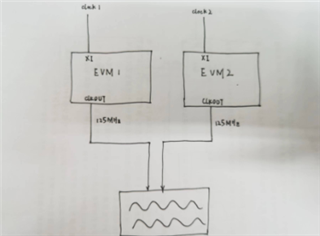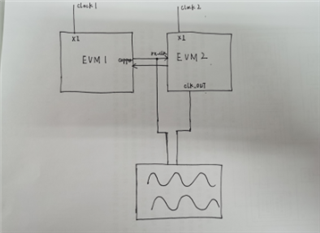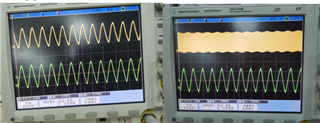Other Parts Discussed in Thread: DP83869
Hello TI experts
Our customers wanna to know what kind of configuration do I need to configure the chip or register of the DP83869 to implement the SYNC-E function, is its recovered clock output pin rx_clk? And what is the frequency synchronization accuracy it can achieve (what is the standard deviation).
Thank you very much!
Best Regards,
William





